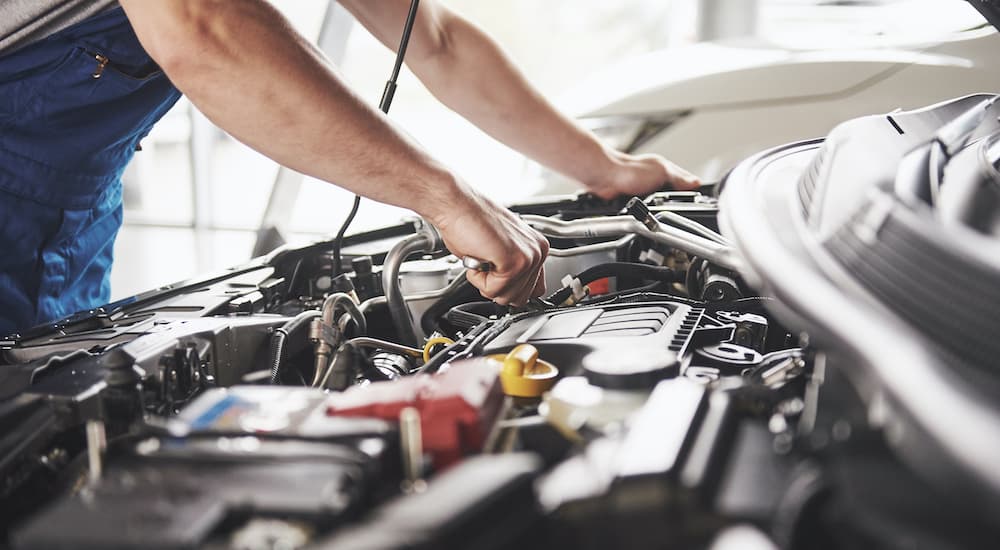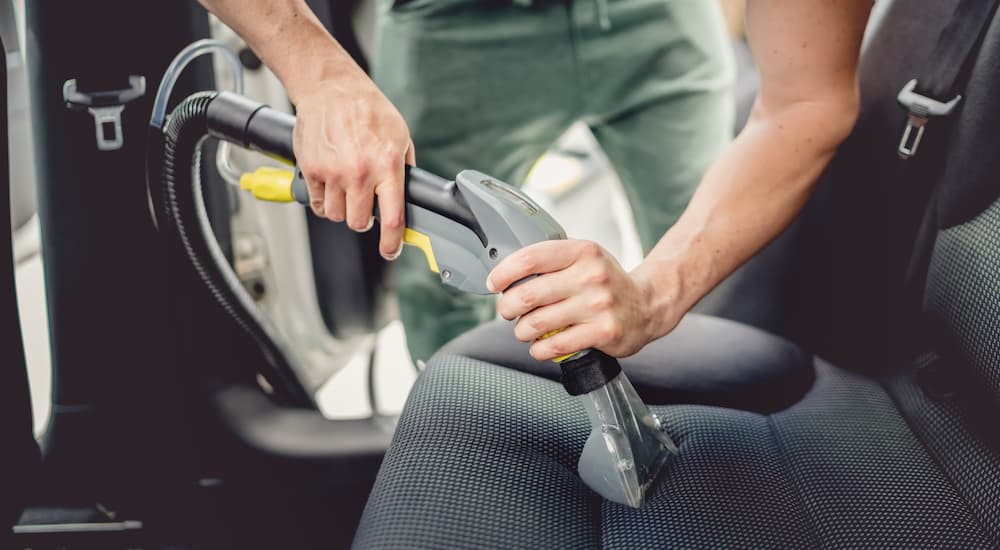Are you preparing to sell your car and can’t decide if you should put money into it for a better deal? Before you start advertising or visiting dealerships for quotes, there are a few things you might want to consider first. Selling your used car is likely to earn you more cash if you take care of a few little things prior to the sale, particularly if you spend a little money on repairs. With that said, not all repairs are going to increase the value of your vehicle. Before you spend money on your car, take a few steps to ensure you will make a profit.
Step One: Know Your Buyer
First things first: choose the method through which you plan to sell. If you expect to sell your car to a dealership, you can save a lot of time and hassle for yourself because dealerships usually take care of the leg work in a car sale. Typically, a car sale involves a lot of paperwork, time to advertise, and field offers, and there is less risk with a dealership than a private sale. On the other hand, a private sale can potentially be more lucrative if you’re savvy and you make sure the person buying actually has the money to pay you for your car.
If you still owe on an auto loan, however, you may want to consider selling to a dealership. Handling the paperwork for a lien on a vehicle is something dealerships do all the time, and their experience with the process will certainly make the sale easier on your end. Whichever choice you make, some of the prep work in selling your vehicle may differ, but you will want to do certain things for each sale regardless. No matter who buys your car, your sale will be easier if you start by heading to your mechanic.

Step Two: Visit a Mechanic
Taking your vehicle to a mechanic to have it appraised for repairs that need to be done is a wise consideration in selling your car. First, if the seller asks about the condition of your car, you can honestly tell the buyer what may need work. It’s always recommended that you be honest about the work since a buyer will have to take the car to get it inspected after the sale. They will find out even if you don’t tell them, and your honesty upfront will mean the buyer knows what money they will need to invest if they purchase from you. Whether it’s a private sale or you work with a dealership, honesty is best.
Once your mechanic appraises the vehicle for repairs, make a list of what needs to be done. You can use the list to guide you about what you plan to fix. With your list ready, it’s also a good idea to run a free VIN check so you can share that with the potential buyer and then prepare any documented maintenance you’ve done while you owned the car. A buyer will take this as a sign that you took care of your vehicle and that you can be trusted to report truthfully about its history. In the end, this type of communication is more likely to end in a happy arrangement when you sell.
Step Three: Research Your Market
Knowing what repairs need to be done, take the time to use free services for estimating your car’s worth. Use Kelley Blue Book or Edmunds to find out how much your vehicle may earn you in a sale in your area, and, depending on whether or not you still owe on your vehicle, can help you determine what money you might want to invest in repairs. It also helps to know what types of vehicles tend to sell better than others in your area. SUVs and trucks tend to be hot ticket vehicles almost anywhere, while sedans may not sell as readily. Take the time to do a little research about the market in your region before you make repairs or try to sell, so you know what to expect when you approach buyers.
If you discover that the type of car you want to sell is in high demand, you know the money you put into repairs will be easier to turn a profit. On the other hand, if your vehicle may not get a very high asking price, you may want to spend less on repairs and more on detailing to make the car look as nice as possible to attract buyers. When a buyer looks at pictures or a dealer sees it to give you a quote, if it looks good, it will sell faster. Of course, big-ticket items that will cost you more than a couple of hundred bucks should probably be taken off the table. Dealerships can do those bigger repairs for less than you, and selling to a private buyer likely won’t make you back the money you spend.
Step Four: Choose the Repairs to Make
With your list from the mechanic, consider low-ticket items that you can easily repair. Brake pad replacements, chips in the windshield, or broken light bulbs are all fairly inexpensive. Each of these repairs is likely to pay off in a sale, and they add value toward the price. Consider topping off fluids like windshield washer, antifreeze, and oil, or even have the oil changed and keep the paperwork to show a buyer, so they know you recently had it done. Any squeaky hinges or broken mirrors should get attention, and buffing out scratches or nicks in the paint will give the car new life. Repairing dents or a broken fascia, if possible, may also be worth the fee if you can do it for a low cost.
Taking care of small items can add up, so be careful to keep track of how much each item will cost before you do the work. Make choices according to how much you believe your car is worth, and balance the price of the work against how much you expect to earn. If you can do any of the work yourself to save cash, that will pay off better in the end, but remember to keep track of how much you spend on supplies, so you avoid spending too much. The older your vehicle, the less you will make back, so spend accordingly.

Step Five: Detail Your Vehicle
After your repairs are done, then it’s time to put the best face on your car. If you’ve been good about maintaining your vehicle and it didn’t need much in the way of repairs, you may want to spend a little money on having it detailed to breathe new life into your car again. It’s amazing what a good deep cleaning can do for the appearance of a vehicle, especially if you find a detailer who can shampoo the carpets and seats. If you do the cleaning yourself, take the time to invest in a good car wash and polish for the exterior, and then vacuum and wipe down all surfaces on the inside.
One secret for making your car look professionally cleaned includes taking the time to scrub and polish the wheels to make them shine. Like a nice pair of shoes, shiny wheels can attract a buyer because the appearance looks fresher. Clean up your fogged headlight covers, and take the time to use products that will restore a sheen to the interior materials like leather seat conditioner or polish for urethane in the dash, steering wheel, or door handles. All these efforts will only increase the value you spent on the repairs to make your vehicle look as new as possible.
Final Considerations
Always remember to weigh the costs of preparing your vehicle for sale against how much you can earn for it. Keeping a running list of costs can help you decide what to have done so you can make your car look its best while also not spending more than the value of the car deserves. The bottom line is to keep repairs small and expenditures low, so you make more money.



